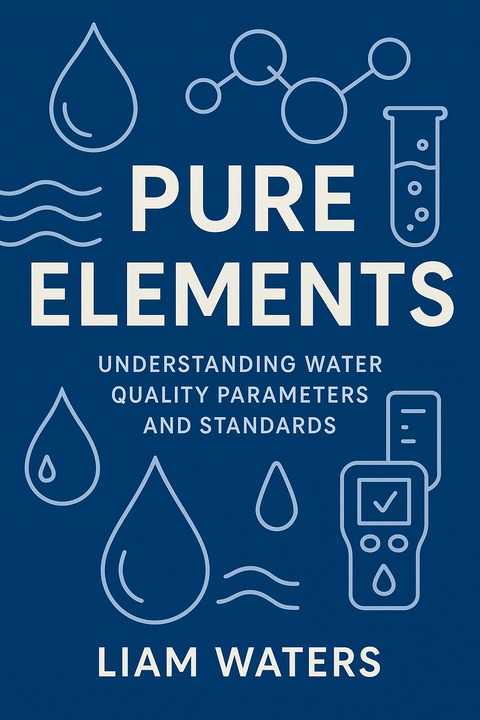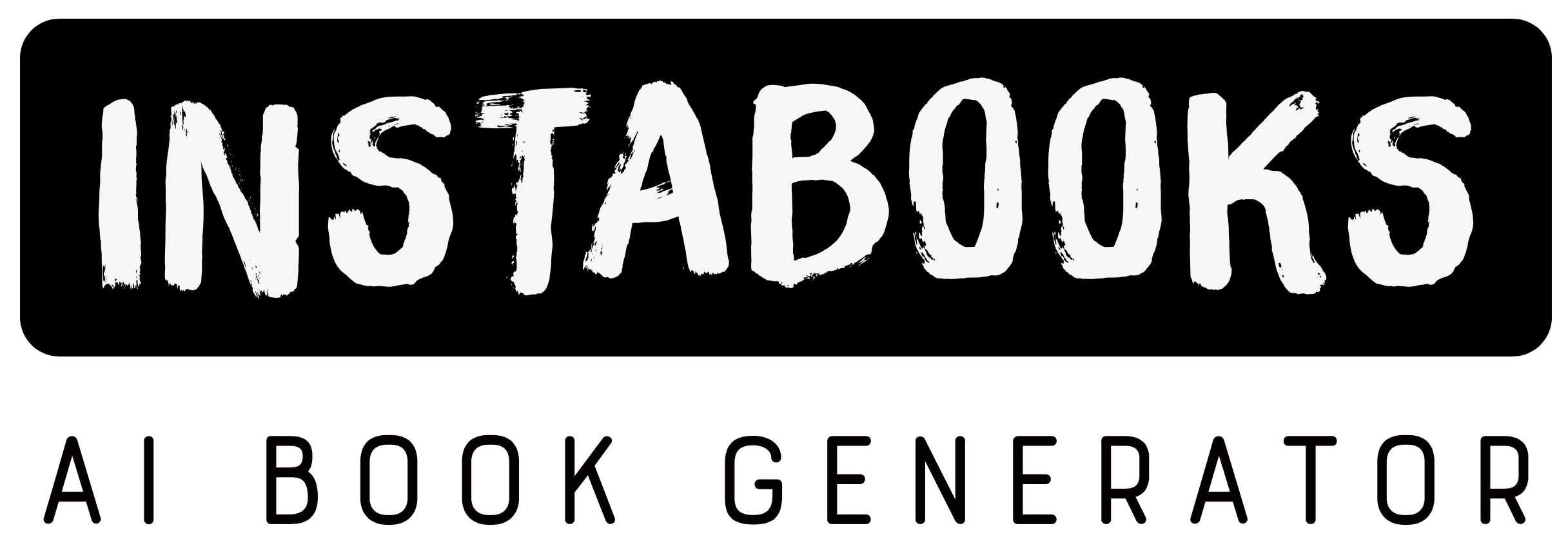
Pure Elements
Understanding Water Quality Parameters and Standards
Included:
✓ 200+ Page AI-Generated Book
✓ ePub eBook File — read on Kindle & Apple Books
✓ PDF Print File (Easy Printing)
✓ Word DOCX File (Easy Editing)
✓ Hi-Res Print-Ready Book Cover (No Logo Watermark)
✓ Full Commercial Use Rights — keep 100% of royalties
✓ Publish under your own Author Name
✓ Sell on Amazon KDP, IngramSpark, Lulu, Blurb & Gumroad to millions of readers worldwide
Introduction: The Essence of Clean Water
Water is the cornerstone of life, but it is only beneficial when its quality is maintained to rigorous standards. In "Pure Elements," we journey into the heart of modern water technology, meticulously exploring the key parameters that determine whether water is safe and reliable for consumption, industry, and the environment. This book is a comprehensive guide for anyone seeking to grasp the science, regulatory frameworks, and real-world applications underpinning water quality today.
Core Topics: Science Meets Practicality
Every chapter dives deep into crucial water quality parameters such as pH, turbidity, temperature, dissolved oxygen, microbiological indicators, and trace contaminants. The science behind each is elucidated through step-by-step explanations, real-life examples, and illustrative case studies. Subsequent sections translate these concepts into practical guidelines, demonstrating not just what the numbers mean, but how to achieve, monitor, and sustain required standards across municipal, industrial, and agricultural contexts.
Grounded in Research: Accurate and Current
"Pure Elements" stands out for its unwavering commitment to research integrity. The content has been painstakingly curated from the world’s most respected scientific studies, regulatory directives, and applied engineering breakthroughs. The text is peppered with recent advances, modern test methods, and emerging standards, ensuring every recommendation is both actionable and current. Each chapter includes a synthesis of current regulations, methods for field and laboratory measurement, and pitfalls to avoid in practical application.
Connecting with Readers: From Concern to Confidence
Are you an engineer, regulator, operator, or environmental enthusiast who worries about inconsistencies in water quality monitoring? Or perhaps a student eager to break into the water management sector? This book addresses common challenges you may encounter, providing clarity on topics often shrouded in technical jargon. Step-by-step breakdowns, practical checklists, and visual aids invite you to learn, apply, and lead with confidence in this fast-evolving field.
Benefits and Unique Perspectives
Whether equipping yourself for regulatory audits, building new water treatment systems, or researching contamination in the environment, "Pure Elements" equips readers with knowledge that is both foundational and forward-thinking. Dive into:
- The interplay between natural water chemistry and human intervention
- Comparative frameworks for global water standards
- State-of-the-art technologies in monitoring and purification
- Insightful profiles of water crises and how better standards could have prevented them
This book is a vital companion on the quest for clean water—a journey defined by science, vigilance, and the unyielding pursuit of purity.
Table of Contents
1. Defining Water Quality- What Makes Water 'Good'?
- Natural vs. Influenced Water
- Stakeholders in Water Quality
2. Physical Parameters Unveiled
- Turbidity and Clarity
- Temperature Impacts
- Color and Odor Significance
3. Chemical Foundations
- pH and Acidity
- Conductivity and Mineral Content
- Major Ions in Water
4. Microbiological Indicators
- Common Pathogens
- Indicator Organisms
- Testing for Microbes
5. Organic Contaminants
- Sources of Organics
- Measurement Techniques
- Health Implications
6. Heavy Metals and Toxins
- Identifying Toxic Elements
- Analytical Methods
- Preventing Contamination
7. Regulatory Standards Worldwide
- WHO and International Guidelines
- Regional Regulatory Approaches
- Updates and Trends in Standards
8. Sample Collection and Methods
- Sampling for Accuracy
- Preservation Techniques
- Field vs. Laboratory Testing
9. Modern Analytical Techniques
- Spectroscopy and Chromatography
- Sensor Technologies
- Remote Monitoring
10. Interpreting Test Results
- Data Quality and Reliability
- Dealing with Outliers
- Action Thresholds
11. Water Treatment and Improvement
- Basic Treatment Processes
- Advanced Treatment Innovations
- Evaluating Treatment Effectiveness
12. Case Studies in Water Quality
- Urban vs. Rural Challenges
- Lessons from Water Crises
- Successful Quality Management
Target Audience
This book is designed for water engineers, environmental scientists, public health professionals, regulatory authorities, and students seeking a thorough understanding of water quality parameters and standards.
Key Takeaways
- Comprehend the key parameters that define water quality and their practical significance.
- Differentiate between physical, chemical, and biological indicators of water health.
- Understand global regulatory frameworks and standard-setting bodies.
- Master modern testing methods for accurate water analysis.
- Identify and mitigate risks from contaminants, heavy metals, and pathogens.
- Apply practical insights through case studies and real-world scenarios.
- Confidently interpret water quality data and take corrective action.
